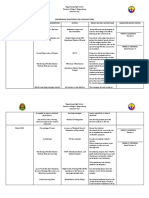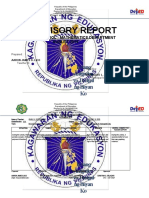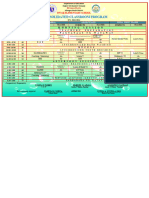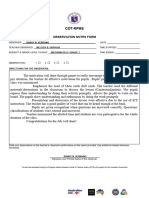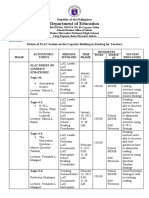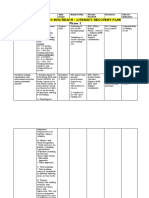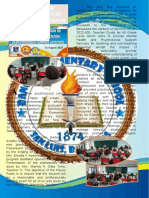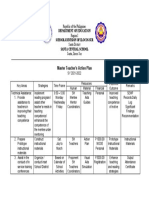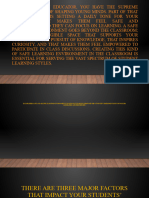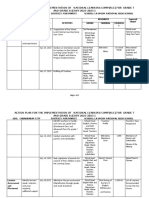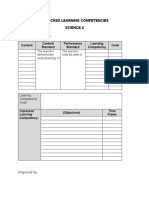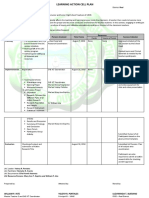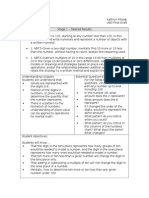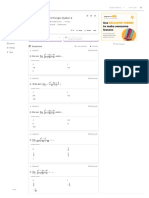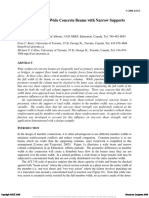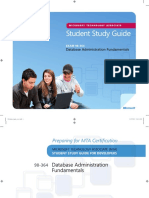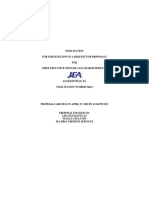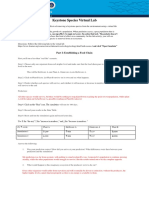0% found this document useful (0 votes)
406 views2 pagesAnnotation Objective 9 HPT
The document outlines the collaborative efforts of educators to evaluate and improve teaching strategies for learners facing difficult circumstances such as geographic isolation, chronic illness, and displacement. It emphasizes the use of differentiated instructional methods, trauma-informed approaches, and community-based resources to create inclusive and equitable educational experiences. Continuous assessment and reflection are key components in adapting these strategies to meet the evolving needs of vulnerable students.
Uploaded by
Michael Edward De VillaCopyright
© © All Rights Reserved
We take content rights seriously. If you suspect this is your content, claim it here.
Available Formats
Download as DOCX, PDF, TXT or read online on Scribd
0% found this document useful (0 votes)
406 views2 pagesAnnotation Objective 9 HPT
The document outlines the collaborative efforts of educators to evaluate and improve teaching strategies for learners facing difficult circumstances such as geographic isolation, chronic illness, and displacement. It emphasizes the use of differentiated instructional methods, trauma-informed approaches, and community-based resources to create inclusive and equitable educational experiences. Continuous assessment and reflection are key components in adapting these strategies to meet the evolving needs of vulnerable students.
Uploaded by
Michael Edward De VillaCopyright
© © All Rights Reserved
We take content rights seriously. If you suspect this is your content, claim it here.
Available Formats
Download as DOCX, PDF, TXT or read online on Scribd
/ 2
